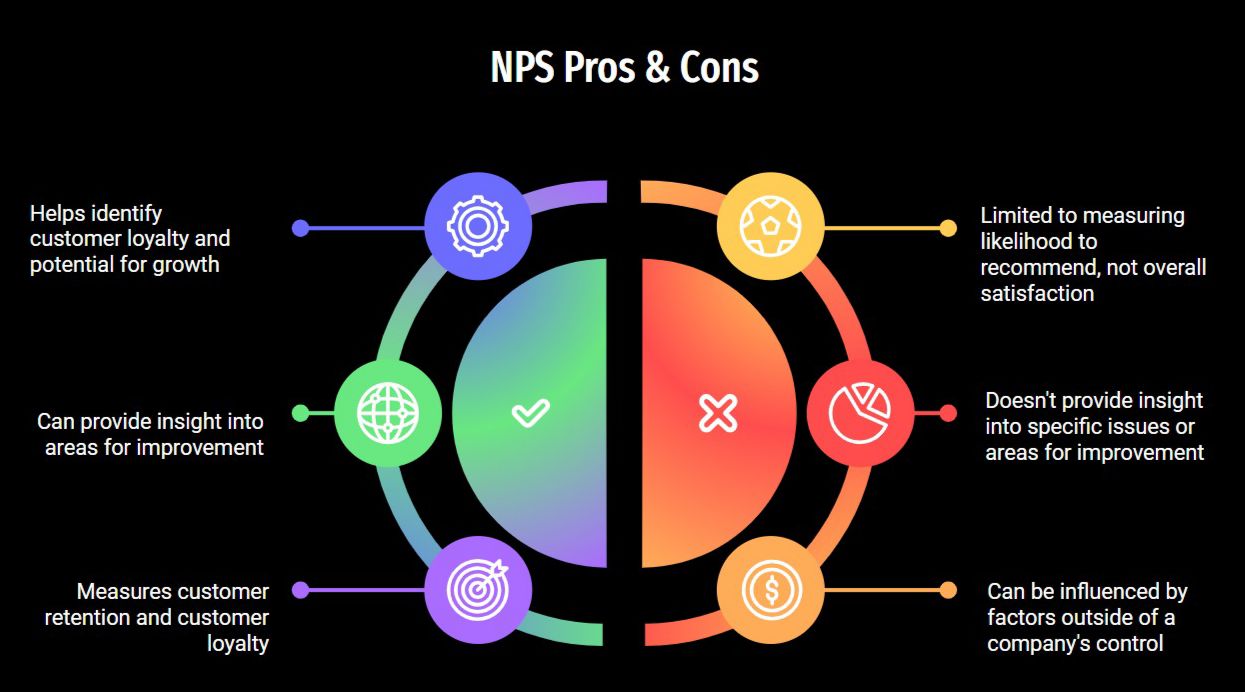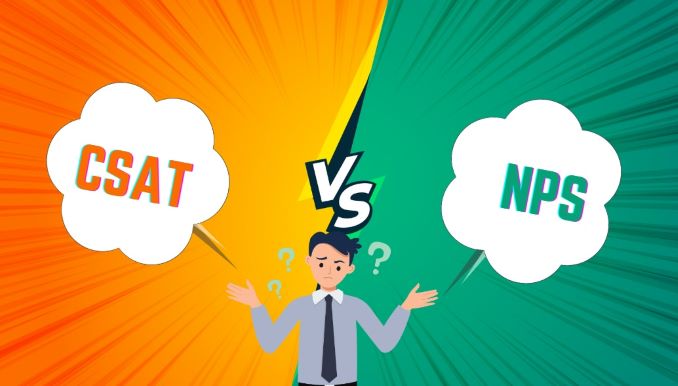
Our flagship client, a leading smartphone manufacturer, has always prioritized creating a seamless, convenient, and engaging customer journey. The company’s success has been built on a foundation of customer centricity, and to support this approach, we have enabled and are tracking both CSAT and NPS.
Our efforts to measure customer satisfaction and brand advocacy have yielded valuable insights. Through analyzing CSAT, we have been able to quantify customer satisfaction with the company’s products and services. Additionally, by using NPS, we have gained a holistic understanding of how well the customer journey is executed.
This article revolves around learnings our team picked up about CSAT and NPS during the implementation process.
How to Capture CSAT
Capturing customer satisfaction (CSAT) is essential for any business that wants to improve its product or service offerings. But how do you capture it?
One way to capture CSAT is through surveys sent to customers after an interaction or transaction. You can use various methods to administer these surveys, such as email, phone calls, or social media, etc
These surveys typically aim to analyze the value of the product/Service provided to the customer. Their goal, is to put a quantifiable value to the product/service of the business in terms of customer satisfaction. To get an examinable picture of customer satisfaction, a 5-point scale is used, ranging from “Very Dissatisfied” to “Very Satisfied.” With this scale, customers can rate their level of satisfaction, providing businesses with valuable feedback to make improvements.
The Importance of Measuring CSAT
- CSAT as a metric can be personalized to analyze fragmented parts of the customer journey. It can help identify where there is a vacuum and where the business is standing out from its competitors.
- It ensures that your business’s value proposition remains relevant to your users.
- It helps analyze and listen to the customer’s needs and preferences.
- Helps monitor your support team’s performance.
- It drives customer loyalty.

How to capture NPS
NPS, or Net Promoter Score, is a metric used to measure customer advocacy and satisfaction. The ultimate goal of NPS is to measure how well the customer journey was executed. Was it good enough for the customer to recommend the brand to their friends, Family, etc? For this, a score is calculated based on responses to a simple question: “How likely are you to recommend our product or service to a friend or colleague?”
To calculate NPS, companies typically use a 0-10 point rating scale, with 0 being “not at all likely” and 10 being “extremely likely”. Based on their responses, customers are categorized into one of three groups:
- Promoters (score 9-10): Customers who are extremely satisfied and loyal to the company. They are likely to recommend the company to others and contribute positively to the company’s growth and success.
- Passives (score 7-8): Customers who are satisfied but not enthusiastic. They may be willing to recommend the company to others but are not actively promoting it.
- Detractors (score 0-6): Customers who are dissatisfied and may actively discourage others from using the company’s products or services. They can be a significant risk to the company’s reputation and growth.
To calculate, NPS % of Promoters – % of Detractors, . The Passives are not factored into the calculation. The resulting score ranges from -100 to 100, with a higher score indicating a higher level of customer loyalty and satisfaction. For example, if 40out of 100 respondents are Promoters,20 are Detractors and 40 are passives, the NPS would be calculated as follows:
NPS = % Promoters – % Detractors
NPS = 40 – 20
NPS = 20
In this example, the NPS would be 20, which is considered an average score. A score above 50 is generally considered to be excellent, while a score below 0 is considered to be poor.
Importance Of Measuring NPS
- Increased Customer Loyalty: NPS helps companies understand what drives customer loyalty and analyse how the CX can be improved.
- CAC Forecasting- A close monitoring of NPS helps businesses get an estimate of % of their users that will advocate their products/ services. This metric can be used in forecasting future CAC (Customer Acquisition cost).
- Early Warning System: NPS can act as an early warning system for potential customer churn or dissatisfaction.
- Better Decision Making: NPS data can inform business decisions and strategies.
- Customer Insights: NPS provides valuable insights into customer attitudes and behaviors.
- Increased Revenue: Companies with higher NPS scores tend to have higher customer lifetime value and revenue.
- Reputation Management: NPS can help companies manage their reputation by measuring brand recognition and reputation.

So, What’s best for you?
In hindsight, CSAT and NPS are both widely used metrics for measuring customer satisfaction and loyalty. While each metric has its own strengths and weaknesses, using both together can provide a more comprehensive understanding of the customer experience. In our following article, We will be exploring how to best implement both of these metrics together to enhance overall CX.

-Anuj Gangodkar,
Team HAWK
Anuj , Brand Reputation Manager at HAWK is an dedicated, outcome oriented professional with 5 + years of experience in online reputation management, strengthening client relationships, content management, brand building, brand awareness, crisis management & social media listening analytics.

